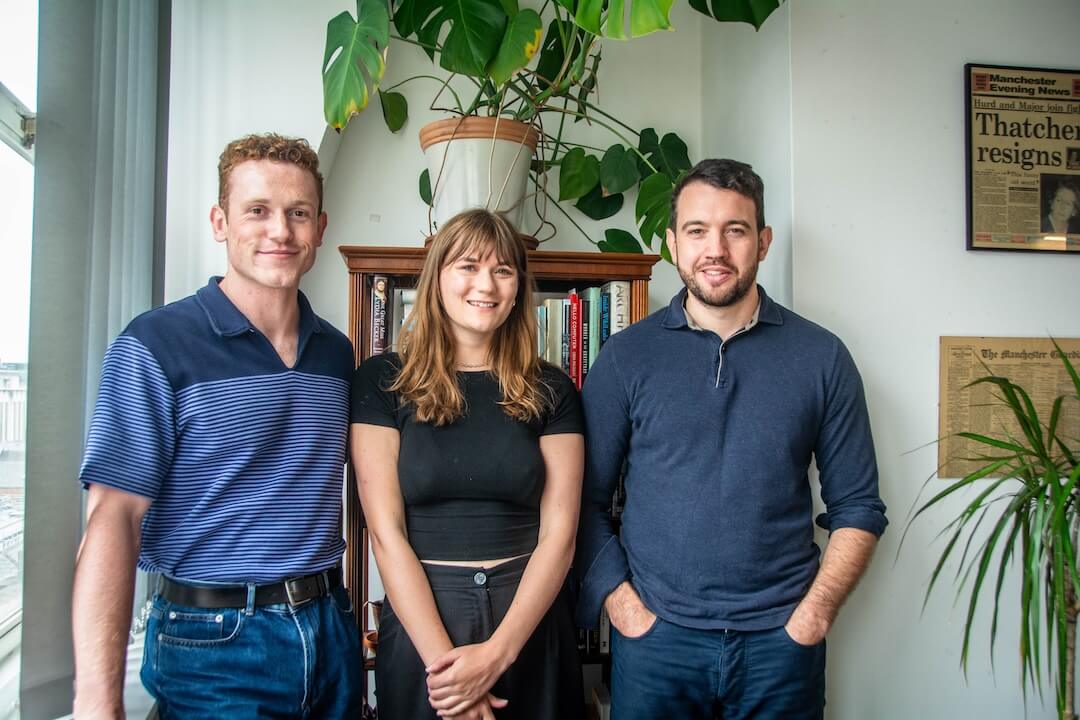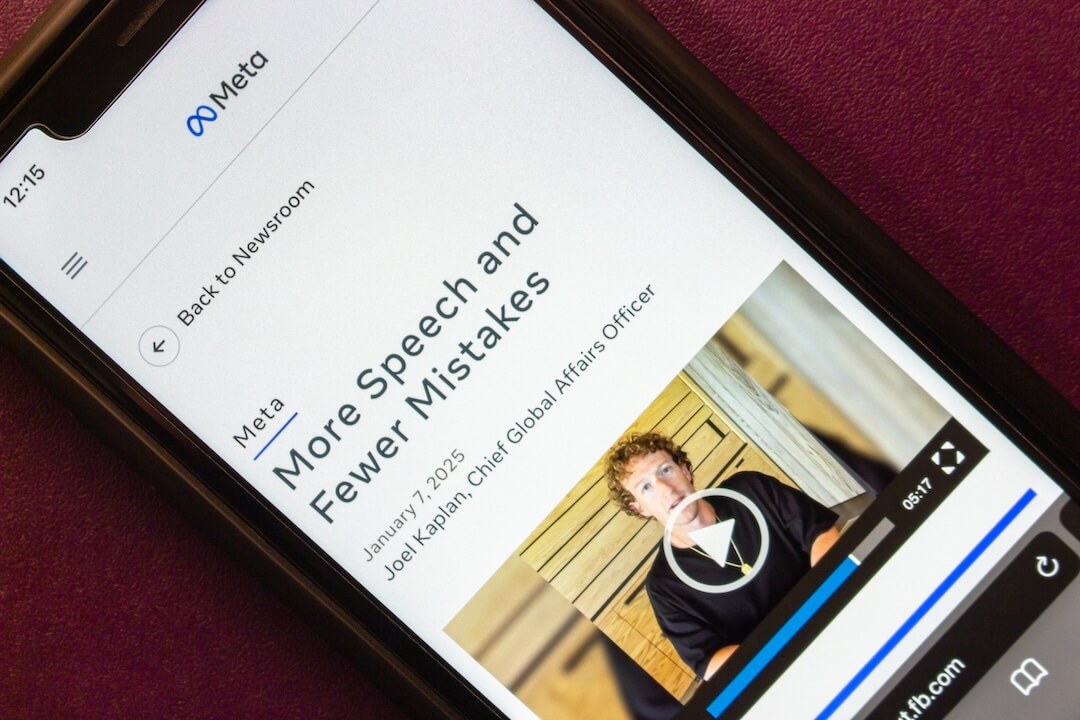This is one of 10 essays I offer as we close 2021 that I hope will help broadcast journalists tell stronger stories in the year ahead.
One thing you can do on your next shift to tell stronger broadcast stories, something that won’t cost you a dime and that is not just for the big market or network guys, is to build natural sound into your stories.
For broadcasters, crisp and closeup sound can be as important as the images and words you choose. The camera lens points you toward the story but the sound takes you to the story close up.
When I was a young reporter, I thought of natural sound as a decoration, something that could enrich a story but not nearly as important as my precious narration track. When crunched for time, I would sacrifice the natural sound every time rather than cutting what I thought were my carefully crafted words.
What self-centered foolishness.
Listen to this video from Sasha Sverdrup, who was recording a tornadic storm approaching her Fort Campbell, Kentucky, home late in the evening of Dec. 10. For just a moment, lightning lit the sky, and she spotted the tornado that was ripping through the countryside. There is nothing that a journalist can say that would allow the viewer to experience Sverdrup’s moment of terror more clearly than the sound of her waking her family and screaming, “Tornado, tornado.”
Natural sound takes you there.
Broadcasters sacrifice natural sound sometimes to save time. But great natural sound can tell a story more impactfully in less time. If a winter wind is howling, if sleet is pelting a street, use that sound and then add understanding. Rather than saying, “The wind blew and sleet pellets covered the street,” you could use the sound and say, “The thermometer said 31, but the winds make it feel like minus 20. Road salt won’t work when it is this cold.”
I want you to give me about 11 and a half minutes of your time to give you an example of the power of natural sound. I promise it will be worth the investment. Below is a radio story told by Melissa Block. The NPR special correspondent and guest host was in Dujiangyan, China, on May 14, 2008, when a magnitude 8.0 earthquake devastated that part of China. A stunning 69,000 people died and 4.8 million people lost their homes. It is impossible to truly comprehend those figures, but Block puts the grief and urgency in focus in this story. Pay attention to the sounds that she uses to transport you to a collapsed building where one young couple, Fu Guanyu and Wang Wei, is desperately searching for their toddler son.
From the first sound of the excavator rumbling into the search area to the gut-wrenching grief of the news that Wang Zhilu was dead, you find yourself there. You hear Fu begging the excavator driver to hurry. There are other natural sound moments that years after first hearing this story I cannot shed:
“Wang!” “Mom is coming for you!”
I should have brought him with me to work”
“He didn’t want me to leave him!”
“Did you call out to him? Maybe he had just fainted.”
The sound is so close up, it makes me feel like, just listening, I can taste the dust.
I have photojournalist friends who are nearly obsessed with capturing sound. They put wireless microphones on cornstalks to capture the sound of rustling fields, they mic up the family dog to get sound of him playing in the yard, the place a microphone on the street to capture sound of a passing funeral procession and they mic a gym mat to capture the splat of a gymnast who falls during practice.
This natural sound moment from Muhlenberg County, Kentucky, stopped me in my tracks last week. Whitney Brown was helping her brother Jordan salvage whatever they could from his storm-gutted home. She was in what was left of a bedroom when she said, “I heard the most beautiful sound. Music.” Camera in hand, recording video, she walked toward the music to find her brother, sitting at the water-damaged piano with missing keys, playing a gospel tune.
Nothing tells that story better than the video and sound. Natural sound is not decoration. It can be just as important to your journalism as your video and narration. It can prove your words to be true and it can allow you to say less while allowing the viewer to understand and feel more.
(Some ideas in this series are included in my college textbook, “Aim for the Heart.”)
Al Tompkins will expand on his storytelling and writing teaching in two Poynter seminars: The Poynter Producer Project and TV Power Reporting. Click the links to see the schedules, meet our all-star visiting faculty and apply. Thanks to a grant from CNN, we offer 50% tuition scholarships to NABJ, NAHJ, AAJA, NAJA and NLGJA members. Both seminars take place over three days at Poynter in St. Petersburg, Florida, or you can attend virtually.







